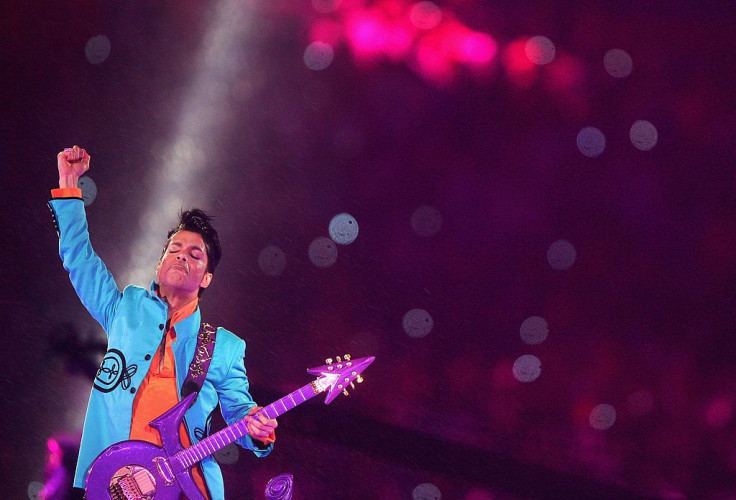Could Prince's Epilepsy Have Contributed To His Creativity? How The Seizure Disorder Can Affect Artists

It was a sad day Thursday, when pop superstar Prince passed away after a bout of flu. While authorities still aren’t sure what exactly caused his death, a rep for the singer confirmed he was sick for several weeks, at times incapacitated to the point he had to cancel dates for his "Piano & a Microphone" tour.
Prince has struggled with his health before. In 2009, he told PBS that he suffered from epilepsy as a child and has experienced hip problems throughout his career. Prince’s popularity was anchored in his unique style, catchy hits, and flashy persona, but could these qualities have been influenced by his disorder?
Prince himself once said his colorful onstage personality was a way to compensate for his illness. It's no surprise then, as Slate correspondent Katy Waldman pointed out, his songs often evoked "a hallucinatory scene" and "invited you into an altered state of consciousness." Some experts and patients suggest epilepsy can spur creative impulses in the brain, where the chronic disorder originates.
The disorder is marked by abnormal electrical impulses capable of causing seizures and altering movement, behavior, sensation, and awareness; these seizures are often unprovoked and recurrent. Though it is usually mood disorders that are associated with creativity, epilepsy has been attributed as the source of many famous artists’ imaginative sensibilities.
Seizures can be so powerful that they provoke hallucinations and intense sensations of fear, fury, or even joy.
"One major theory is that hallucinations are caused when something goes wrong in the relationship between the brain's frontal lobe and the sensory cortex," neuropsychologist Flavie Waters, a professor at the University of Western Australia," told the Australian Broadcasting Corporation (ABC). Hallucinations are thought to occur in people with schizophrenia and LSD users, but ABC reported almost two out of three people have benign hallucinations. To those in the arts, these feelings can serve as powerful inspiration.
Comedian and actor Dan Mitchell suffers from epilepsy, and said that his seizures did just that.
“That shake up of the mind…often gives me strange ideas, vivid images, words connected bizarrely — as if someone had emptied the toy box of my mind and joined together bits of mental Lego and a Rubik’s cube and produced something that no one had seen before,” he wrote for The Guardian.
Other deeply talented artists such as Edgar Allan Poe and Vincent van Gogh may have suffered from temporal lobe epilepsy, a type of epilepsy in which abnormal impulses begin in the area of the brain associated with visual memory, language comprehension, and emotional association. After developing this form of the condition, some people develop visual artistic abilities.
The creativity, however, may dampen if a patient chooses to control their epileptic seizures with medication.
“The big ideas have also stopped,” Mitchel wrote of his decision to begin taking medication. “The weird and colorful connections that made my work different have seemingly dried up. It could be writers block or it could be coincidence, but I suspect that it has something to do with the meds.”
Mitchel added that he doesn’t know if he’s willing to risk stability of health for the wild ideas that accompanied his seizures, a question that may plague many epileptic artists.
It’s very possible that Prince not only consciously drew inspiration from his epilepsy, but that he did so subconsciously as well. Unfortunately, the condition may have also played a role in his death: those with neurological conditions are more likely to fall victim to complications if they catch a flu. It’s unclear whether or not he was controlling the condition at the time of his death, but regardless of if his epilepsy contributed to his creativity, Prince’s success will not soon be forgotten.



























